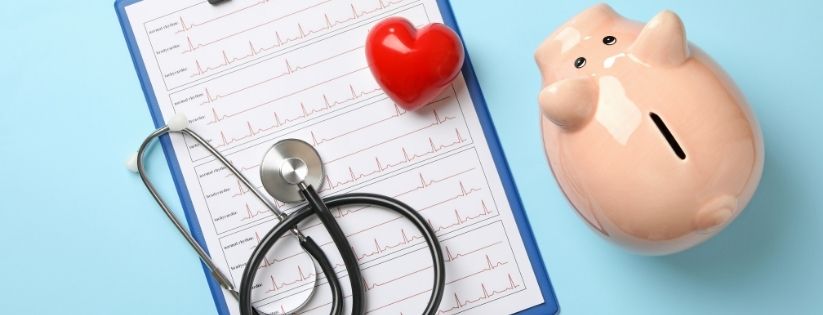Key Takeaways
- From the time a patient or referring provider initiates contact to schedule an appointment, there is considerable capacity to gain efficiencies and streamline the entire process through automation.
- Prior Authorization approvals that use AI-driven software leveraging robotic process automation and certified experts improve both bottom line revenue and significantly reduce the administrative burden.
- Only 31% of practices are utilizing an automated prior authorization system and are instead manually submitting approval requests and performing follow-up by phone or fax.
Cardiology reimbursement is under the strain of a continually evolving and challenging healthcare industry, and strategies for the future should focus on automation, Artificial Intelligence (AI), and machine learning. Specialists, including cardiologists, are feeling the pinch of value-based reimbursement changes and newly enacted regulations that place a more administrative burden on the individual provider or practice.
To add another layer of complexity, patients continue to gravitate towards high deductible healthcare plans with their increased copays and deductibles as well as out-of-pocket maximums. Cardiologists are feeling the increased pressure of uncollected AR and rising collections rates that multiply when patients have not adequately planned for these increased costs. What can be done to alleviate some of this pressure and better position cardiology providers for the future?
Automated Solutions to Maximize Cardiology Reimbursement
There is significant opportunity to improve cardiology reimbursement by simply evaluating best practices in the patient access and onboarding process. From the time a patient or referring provider initiates contact to schedule an appointment, there is a considerable capacity to gain efficiencies and streamline the entire process through automation.
Reducing the administrative burden and allowing providers and staff to focus on patient care and the overall patient experience not only provides for increased revenue but has the potential to support and restore providers to their original mission — healing!
3 Ways to Automate the Patient Access Process
- Insurance Verification and Benefits Eligibility— In a specialty capacity, it’s more critical than ever for providers to verify insurance and benefits eligibility when patients are being referred from primary care offices. Often relying on second-hand information to schedule, it is critical to verify eligibility through an automated process before scheduling occurs. Automation helps your team get complete patient financial clearance before care and preserve claim reimbursement downstream.
- Prior Authorization— According to the 2023 CAQH Index, only 31% of practices are utilizing an automated prior authorization system and are instead manually submitting approval requests and performing follow-up by phone or fax. By automating the approval and follow up functions, cardiology prior authorizations can be managed in real-time, and the administrative burden significantly reduced.
- Patient Pay Portion Collected Upfront— As part of automating your patient access workflow, generating a patient portion estimate becomes a natural partner with the insurance verification process. As patients continue to absorb more of the financial costs of their healthcare, upfront collections become increasingly important to head off a growing A/R and collection problem.
While there are many factors at play in the changing payment structures for healthcare, one thing is for certain. By automating front-end patient access functions with AI-driven software that fully integrates with your existing EHR/EMR system, your practice will improve reimbursement and reduce administrative costs all flowing to increasing your bottom line.
What is the financial health of your cardiology practice? Schedule a demo for industry benchmarks and to learn how Infinx has helped other cardiology centers across the nation.
